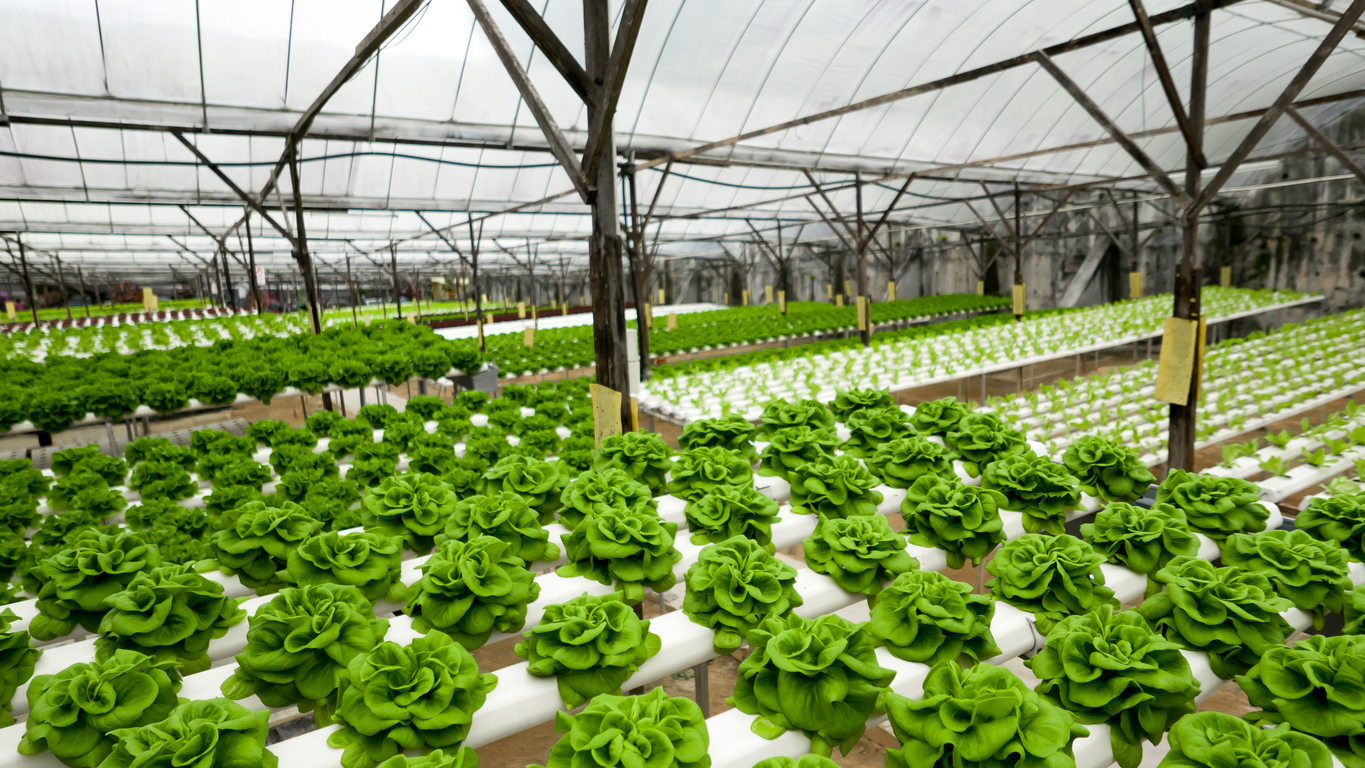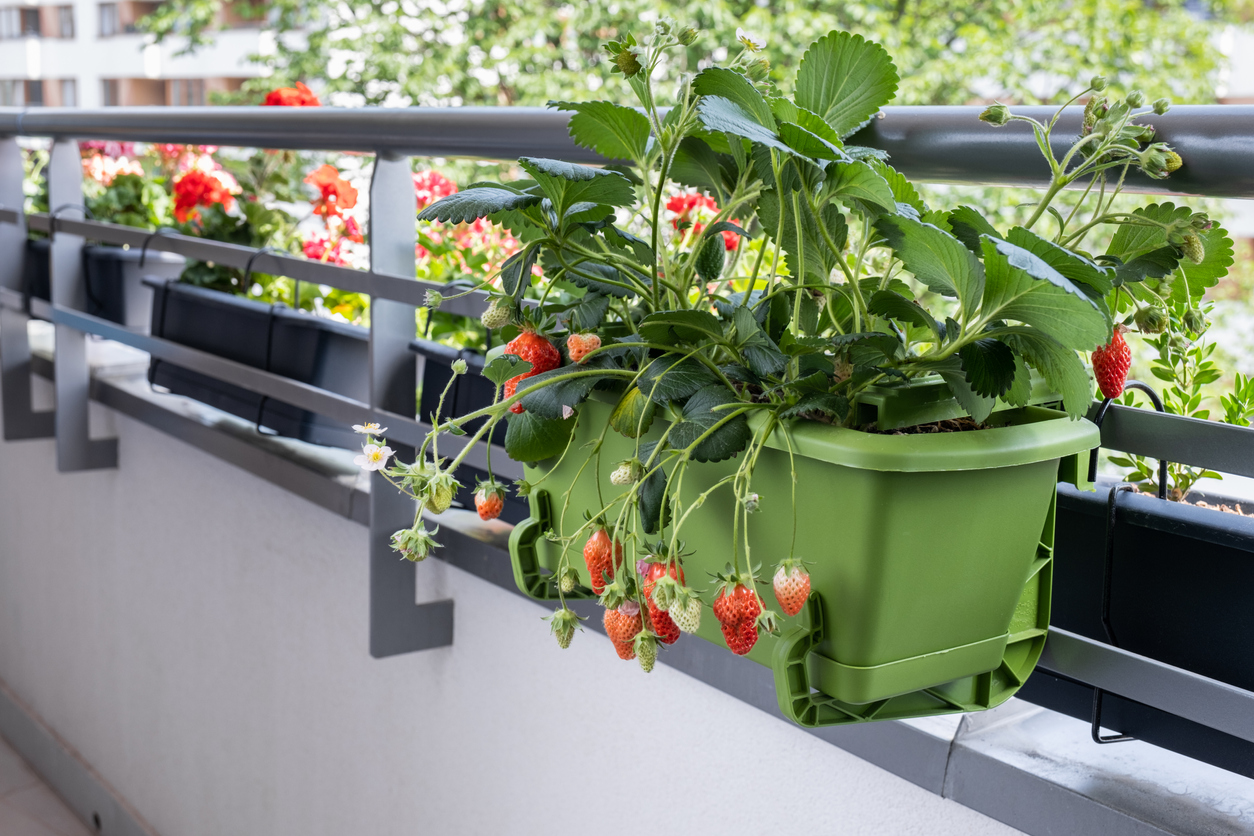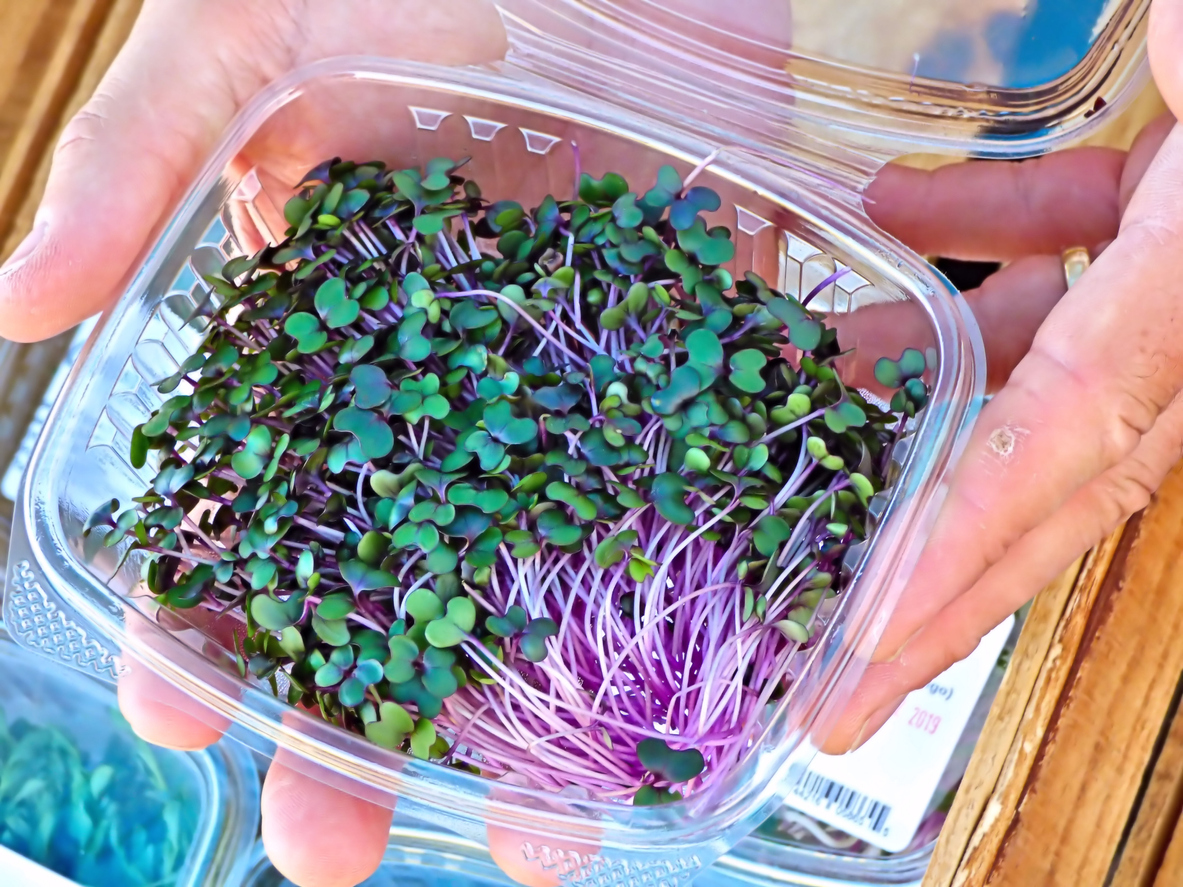
Starting Urban Farming in Texas

Urban farming is a trend that has easily become one of the most popular agricultural enterprises in Texas in the last ten years. Urban farming brings fresh produce to the heart of cities while allowing the producer to pursue their passion no matter where they live. Locally grown produce has a significantly reduced carbon footprint compared to its imported counterparts, and consumers are able to enjoy fresh fruits, veggies, and herbs even in cities and metropolises.
Urban farming takes advantage of a wide range of food production initiatives and activities – all these draw upon the fact that people love to connect with agriculture by growing their own food and visiting farmers’ markets. A rapidly expanding phenomenon, urban farming has the potential to feed people while also providing economic opportunities. Sustainability, affordability, health and convenience are all reasons why urban farming has become increasingly attractive to Texans.

Profitability of urban farming
According to a survey of 370 urban farmers in the US, the average urban farm earns just under $54,000 per year, with hydroponic operations earning more than double the figure and rooftop farms earning just one sixth. This isn’t to say that urban farms aren’t representative of American agriculture – in fact, 75% of all farms in the United States have annual revenues of less than $50,000.
This statistic, however, is just an average. And for many Texas farmers, being average isn’t good enough! On a quarter-acre plot, you can easily earn up to $87,000 per year by planting the right crops and stepping up your marketing efforts. In the end, the amount of effort you put into selecting your crops and locating stable marketplaces with fixed contracts will determine your earnings.
As can be seen in this article, many producers are making money from urban farming all around the United States and even internationally! Being an urban farming entrepreneur allows you to achieve your goals while earning a great living.

Becoming an educated urban farmer
Whether you’re an experienced horticulturist or a novice gardener, we’d like to introduce you to Small Plot Intensive (SPIN) farming. Here, you can subscribe to valuable courses teaching you all about backyard farming. You can also browse through informative articles, indulge in the niche of urban farming, and read about an array of success stories.
Before becoming an urban farmer, you’ll need to obtain some hands-on experience with gardening, just to see whether you enjoy it – this is very important. Being a successful urban farmer means working hard, both physically and mentally, so you need to make sure you have the passion needed.
Find your niche in urban farming
Don’t be tempted to grow a bunch of different kinds of crops without having a market for the produce. Make sure your niche is coupled with a contract or market that pays well and stick to it. Marketing high-quality crops to consumers and/or farmers’ markets will be good for your name and will make it easy to get more lucrative contracts in the future.

Starting small with urban farming in Texas
Starting with a vertical farm in your backyard or on your patio is a great way to go. To be successful in the urban farming sphere, it’s best to start small and then grow. Experiment and learn while networking with other farmers and markets to secure small contracts that can develop over time. Delivering for these small contracts ensures a foot in the door that may expand to larger contracts in the future.
At first, you may want to keep your day job as you gradually progress to becoming a full-time urban farmer.
Aligning your finances as an urban farmer
Keeping working at your current job is a good idea at the beginning of your urban farming journey. Doing so will provide you with financial support to cover your daily living expenses as you build up funds for your urban farming company. Even if you sell all of your produce, it’s rare for urban farmers to live off these earnings at first.
Depending on your niche, a quarter-acre farm can be started for as little as $10,000. If you require additional funds, you can make use of the following capital generation methods:
- Friends and family.
- Crowdsource funding.
- Impact investors.
- Community development funds.
- Traditional bank loans.
- Credit cards.
- Grants.
My advice is to only borrow from relatives and friends who you’re confident you will be able to repay on time. If possible, share implements and equipment with other local farmers. Large capital expenditures, such as on tools, can be shared to reduce the initial financial burden on each farmer participating in this collaboration.
To reduce capital expenses, try to be as frugal as possible:
- For as long as feasible, make use of all of your own available space – e.g. by processing crops in your basement or garage.
- Instead of spending a lot of money on new equipment, either share with other local farms, or look for used tools and equipment on Craigslist or at garage sales.
- Request assistance from friends whenever necessary.
- Connect and collaborate with other urban farmers to share both knowledge and resources.

Expand your urban farm according to markets
Once you’re ready to expand, you’ll need to get clued up on local policies to get an easement from your region’s governance. Just remember, if you don’t have a contract in place, your city or town can at any time start working on that easement to develop the area.
As previously mentioned, each crop must be planted for a specific contract or market, and any expansion must be driven by reason and necessity. In other words, an expansion is only necessary if your market is saturated. Expanding in a saturated market will eventually result in you selling at a reduced price and incurring higher overheads, which you don’t want to do.
Be wary of capital over-expenditure
When purchasing equipment, fertilizers and other items, you should at first be cautious of your capital expenditure. Instead of purchasing new equipment, look for discounts on platforms such as Craigslist. This will reduce your initial outlay and leave you with money to spend on other necessities.
Marketing – perhaps the most critical component
In successful urban farming, products must be grown for existing contracts or markets. This manner of operation will ensure that the freshest produce is accessible for consumption, and marketing fresh produce will help you build a good reputation. You won’t be running around looking for markets after your crops have been produced – that simply doesn’t work.
Therefore, marketing is the name of the game in urban farming. Your marketing efforts should educate consumers and potential clients about the importance of fresh produce, specifically your fresh produce. This may include interviews with local media, as well as advertising on all available platforms, in attempts to increase your market share.
It’s always a terrific idea to sell your produce at a farmers’ market. You can get vital input directly from customers, which can help you improve both your crop and your selling methods.

Selecting the right structures and methods
Urban farming encompasses a wide range of activities, and you should choose the form of urban farming that best suits your circumstances and personal preferences. Begin with small steps and gradually enhance your activity as new markets become available. You can start your urban farm as a side hustle or a part-time job and scale it up as market needs dictate.
You can focus on soilless food production for your local market if you don’t have a backyard or piece of land. Patios, indoor spaces, rooftops, green walls and agrihoods are all examples of places that urban farmers can take advantage of to earn money.
In addition to soilborne production, various other crop production methods are out there, as we will briefly elaborate on. There is a whole series of articles on hydroponic production available at TexasRealFood.com. Hydroponic production forms the basis for most types of farming methods, which will be explained below.
1. Green roof farms and rooftop greenhouses
Farmers who run rooftop farms are as diverse as the rooftop farms themselves. There are all kinds of niches to fit a variety of farming aspirations, from small-scale growing practices to cultivating many acres of rooftop crops. Rooftop greenhouses or open-air home-based spaces can be used. Plants can be cultivated in containers, in soil dispersed across the roof’s surface, or in greenhouses.
2. Green walls with vertical farming
Growing vertically can take many different forms. Green walls and façades are just a few examples, as are productive systems such as hydroponics and vertical farming. Some vertical farms focus on aesthetics, such as beautifying a street or building, while others emphasize the benefits of being with nature, e.g. green walls in and around hospitals and care homes. In contrast, other vertical farms are primarily concerned with making the most of limited spaces to grow food. Whatever the reason, many people are now aware of vertical gardening and farming practices.
3. Container gardeners in urban farming
Container gardening is popular among backyard gardeners since it saves space and allows for crops and plants to move around. As we get older, it can sometimes be easier to care for plants that aren’t on the ground, but are rather in raised beds or larger containers.
Container gardening can be used to grow almost any vegetable or herb as long as there is enough water, nutrients and sunlight. Containers come in a variety of forms and sizes, with some having fake bottoms to hold extra water and reduce watering frequency. You can also find hydroponic containers, with circulating water delivering nutrients to the plants.
Container gardening is a handy method that can be used in conjunction with other plant propagation strategies. It’s really convenient, as gardeners and farmers don’t have to stoop or bend down to soil level, making it a more accessible means of growing produce.
4. Growing greens indoors
It’s not hard to grow lettuce, spinach and other greens indoors. You can grow Romaine, Butterhead, and Summer Crisp lettuces, as well as loose-leaf lettuce such as Oak Leaf. Crisphead varieties, e.g. iceberg, are not recommended as they take a long time to grow and are fairly large. Lettuces have a short shelf life as they become bitter once the plant “bolts”, or sends up blossoms, but there are a few techniques to extend their harvest period.
Spinach, like most vegetables, can also be grown indoors. You’ll need water, potting soil or hydroponics, containers and, of course, seeds to get started. Just make sure your spinach plants get enough light.
Urban farming is a growing trend that is here to stay. Urban farmers around Texas are growing and distributing food to local communities, restaurants and farmers’ markets, as well as selling directly to walk-in customers. As more and more people get involved in urban farming, the practice is set to only gain in popularity. We’ve given you the recipe for launching an exciting career as an urban farmer, and now the rest is in your hands!

